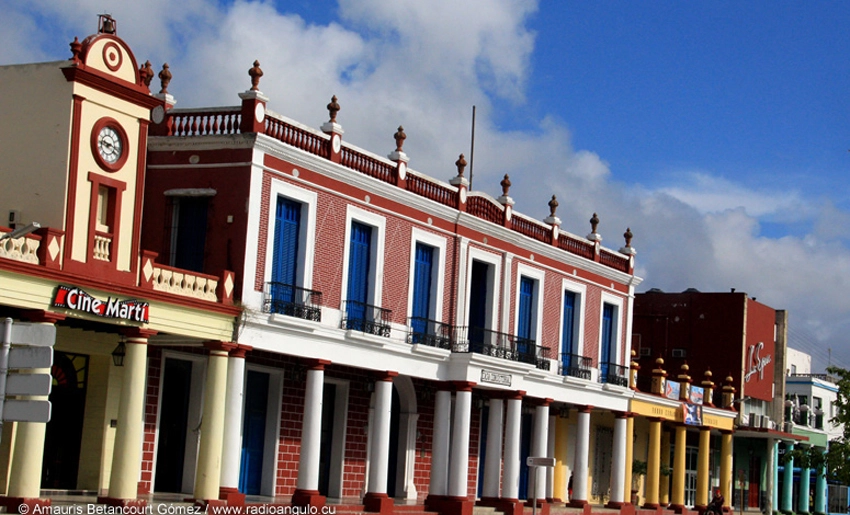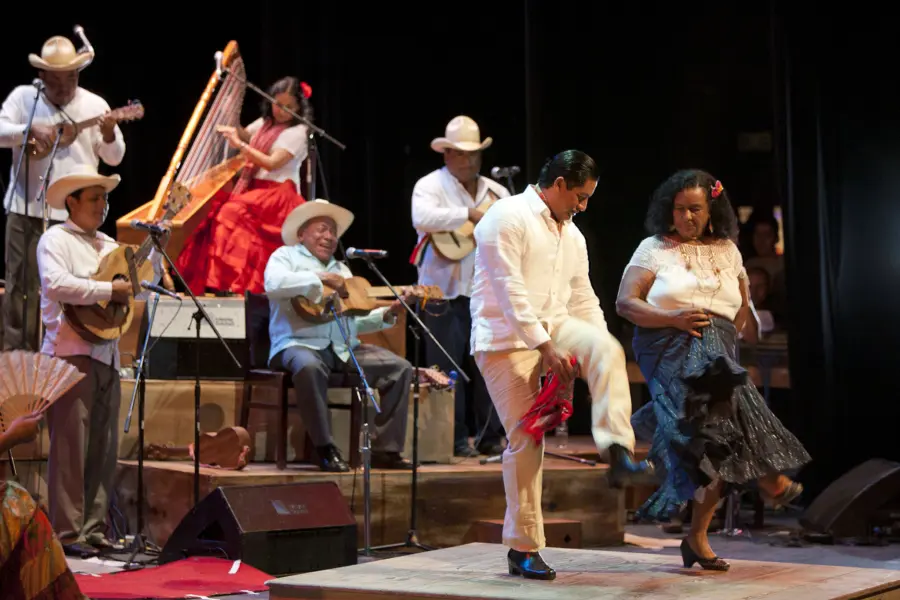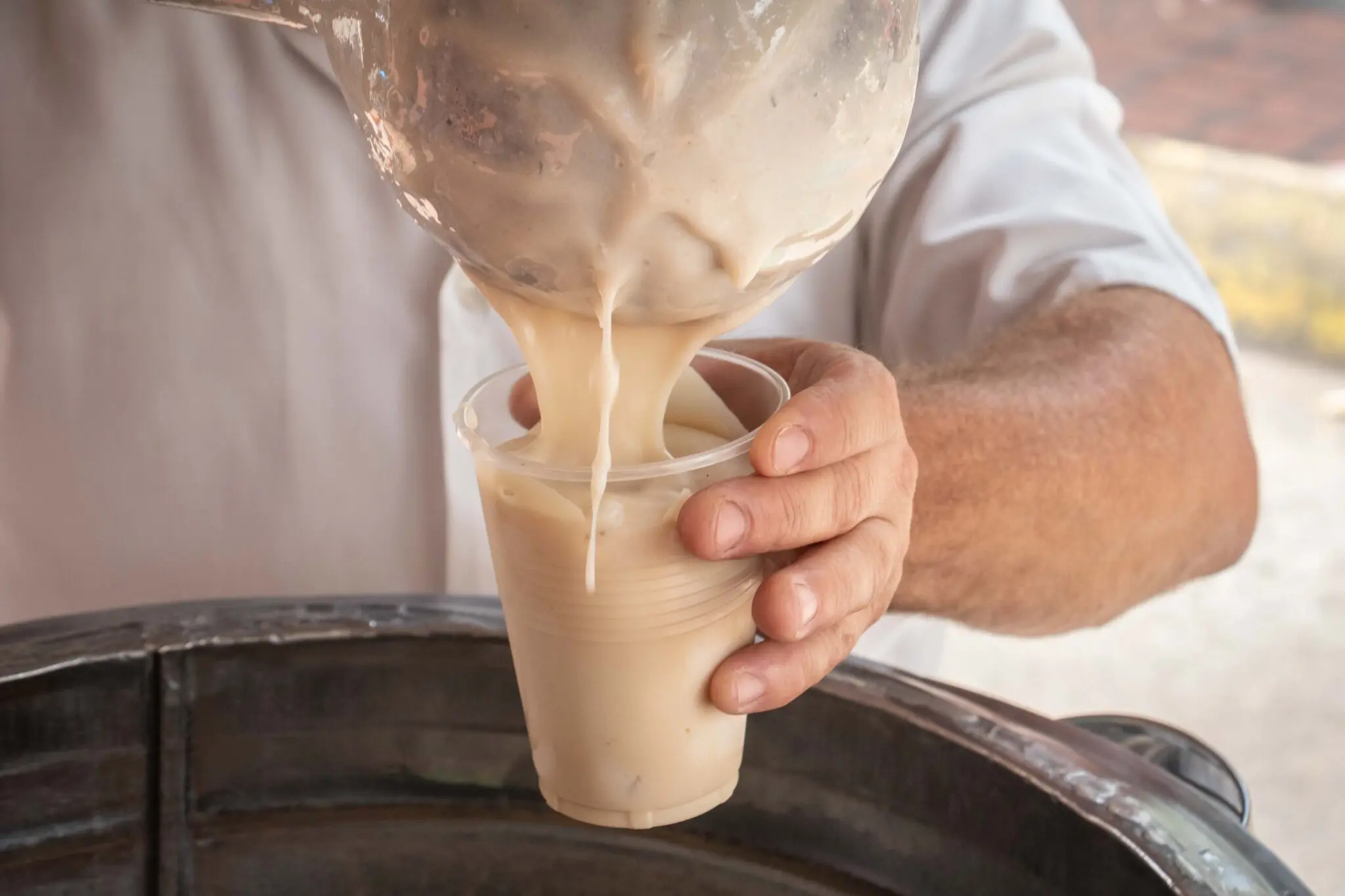Chilean Cueca: A Living Tradition at the Nation’s Heart

June 13, 2025 Hour: 3:42 pm
For generations, the cueca has been more than just a dance for Chile—it is a cultural symbol that embodies history, identity, and emotion. Officially declared the national dance on September 18, 1979, the cueca takes center stage during Chile’s Independence celebrations, yet its roots go far deeper than festivity.
RELATED:
The History of Cuban Drums: A Legacy of Rhythm and Tradition
In every stomp, twirl, and fluttering handkerchief, a ritual of courtship is performed, inspired by the mating dance of a rooster and a hen—played out by a couple who never touch, but speak through rhythm and gesture.
The cueca’s origins trace back to the 19th century as an evolution of the zamacueca, itself a blend of Spanish fandango, African rhythms, and Arab-Andalusian influences. It became popular across Chile, first in aristocratic salons and later in local taverns known as chinganas, eventually emerging as a true expression of Chilean identity.
Performed in 6/8 or 3/4 time, the cueca is accompanied by guitar, tambourine, accordion, or harp, depending on the region. Its lyrics, often composed in quatrain, seguidilla, and closing couplets, reflect romantic, folkloric, or urban themes and are sung with a spirit that ranges from joyful to mischievous.
There are several regional styles of cueca: the traditional huasa cueca, found in rural central Chile; the fast-paced, instrumental nortina cueca of the north; the slower, vocal-driven chilota cueca from the south; and the brava or chora cueca, which emerged in urban neighborhoods with a more provocative and marginal tone. During the military dictatorship, the powerful “cueca sola” was born—danced alone by women in honor of their disappeared loved ones.
Today, the cueca remains a vibrant part of Chile’s cultural identity. It is taught in schools, celebrated in regional and national championships, and reinvented by younger generations who blend it with rock, pop, and urban folk. From Toronto to Punta Arenas, cueca connects Chileans both at home and abroad.
More than just a dance, the cueca is living memory: of love, resistance, celebration, and tradition. Each step tells a story, and each handkerchief raised in the air is a reminder that Chile’s popular culture continues to beat strong in the heart of its people.






